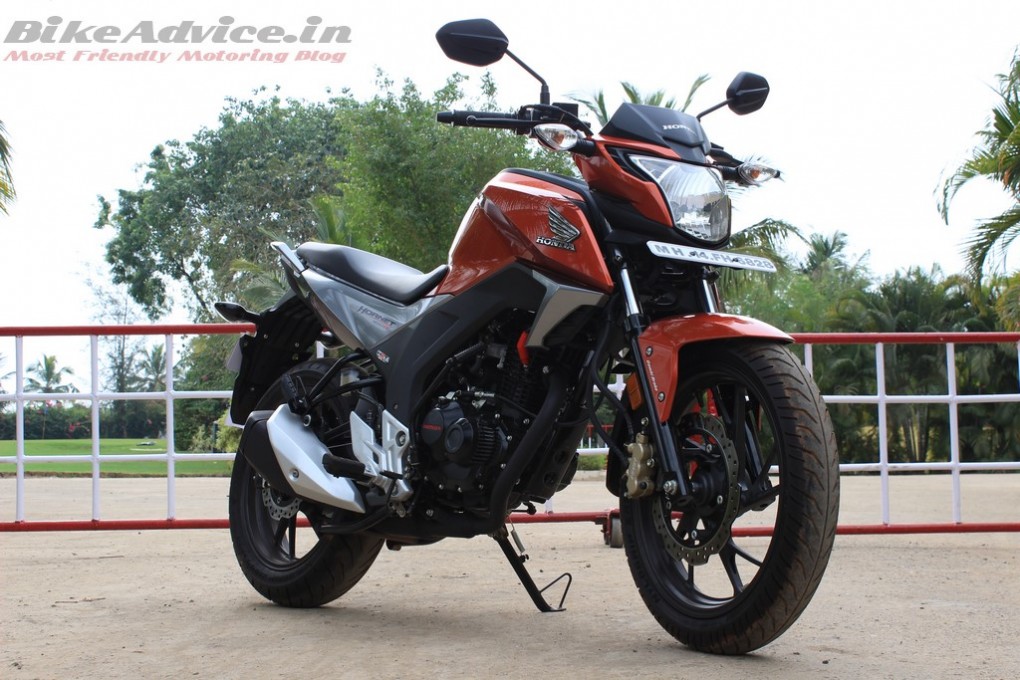The central government, due to increase in air pollution levels in cities, has announced that India will be skipping BS V emission norms to directly settle on BS VI by 2020. This rule applies not just to cars but also two-wheelers. This will involve new changes to vehicles which translates to more production costs. Of course manufacturers will have to transfer this surge to the end consumers. So how big is the impact going to be?
ICRA, a premier credit rating agency in the country has taken out a report on how the BS VI emission norms can affect the industry. As per their study, the average price rise for motorcycles when we adapt the stricter norms will be around Rs 5,000 to Rs 6,000. Mid sized motorcycles can even go on to experience a rise by nearly 10 per cent.

The main change will be from carburetted engine to one using fuel injection. While this translates to a significant cost at present, with the rise in demand localisation levels will be increased, leading to reduction in costs. Vehicles will also need to have a three chamber catalytic convertor in the exhaust system.To make BS VI grade fuel available, oil cos will have to bring in an investment of around Rs 290 crores. The sulphur content, which at present is at 50 ppm, will have to be reduced to 10 ppm. ICRA even suggests a hike of Rs 0.3 per litre of fuel to fund this transition.
For the first time, even motorcycles and two-wheelers will have to have an on board diagnostic setup! Globally brands like Keihin and Magneti Marelli are key suppliers of electronic fuel injection systems for two-wheelers,. Hero already has a tie-up with the latter while Honda sources them from Keihin. Other Indian brands though are expected to source it from Bosch.
So will this extra burden on the consumers be worth it? Well, technology my friend does come at a price.


